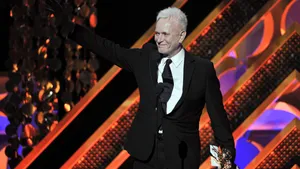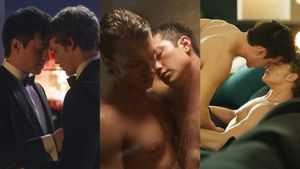John Casey is senior editor of The Advocate, writing columns about political, societal, and topical issues with leading newsmakers of the day. The columns include interviews with Sam Altman, Mark Cuban, Colman Domingo, Jennifer Coolidge, Kelly Ripa and Mark Counselos, Jamie Lee Curtis, Shirley MacLaine, Neil Patrick Harris, Ellen DeGeneres, Bridget Everett, U.S. Reps. Nancy Pelosi, Jamie Raskin, Ro Khanna, Maxwell Frost, Sens. Chris Murphy and John Fetterman, and presidential cabinet members Leon Panetta, John Brennan, and many others. John spent 30 years working as a PR professional on Capitol Hill, Hollywood, the Nobel Prize-winning UN Intergovernmental Panel on Climate Change, UN Envoy Mike Bloomberg, Nielsen, and as media relations director with four of the largest retailers in the U.S.





































































Charlie Kirk DID say stoning gay people was the 'perfect law' — and these other heinous quotes